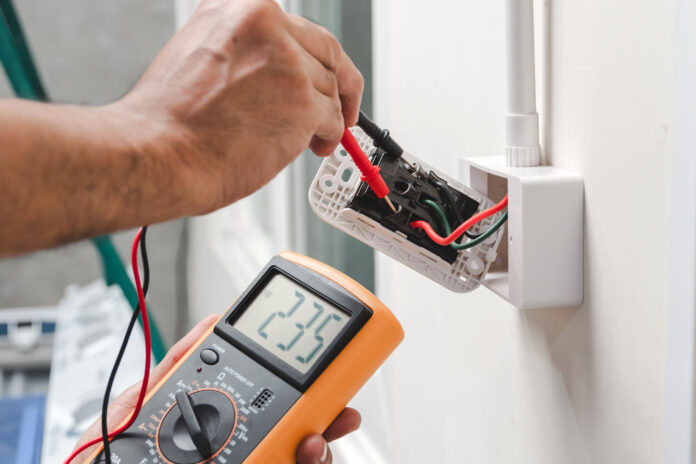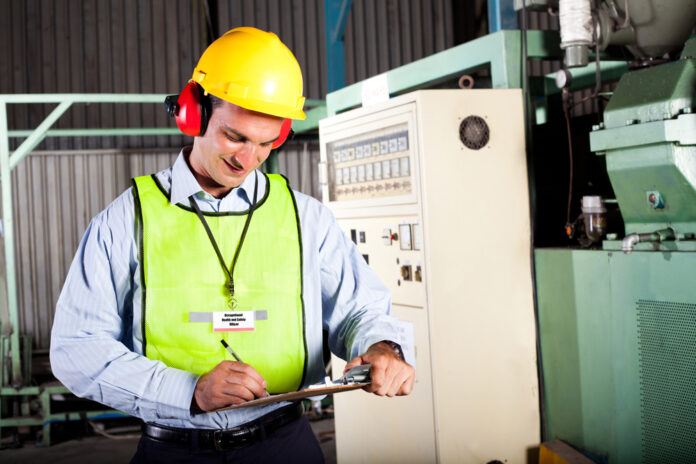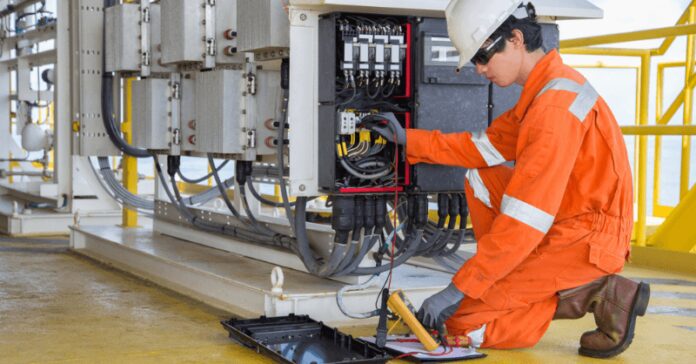PAT testing, or power assessment test, is a safety requirement for all businesses, including industrial units, manufacturing plants, and warehouses. A PAT tester will check the condition of the electrical installation to ensure it is safe and meets current regulations.
A PAT tester will check the condition of the electrical installation to ensure it is safe and meets current regulations. A PAT Tester uses various equipment like voltage meters, insulation testers, and portable testers. If there are any faults in the electrical installation then these need to be repaired before an emergency occurs.
The emergency response procedures must be in force throughout the site. These procedures should confirm who is responsible for emergencies and whether it is a duty or a responsibility that they are required to carry out. If you want to understand more about PAT testing, find here.
To safeguard the security of the people, there must be a marked safe area, with access only through authorized personnel. Signs are required at entrances of the site and around the boundary of the site, which provide instructions for visitors on how to access the site and where they should park.
Why Is It Important For A Business To Have This Test Done?

A PAT test is a requirement for all businesses, including industrial units, manufacturing plants, and warehouses. PAT stands for Portable Appliance Testing. It is a safety test carried out to check whether electrical appliances are safe to use.
PAT testing ensures that the electrical equipment in a workplace or business has been tested and meets the necessary safety standards. The tests are carried out by qualified electricians on behalf of your employer and are undertaken regularly so that any potential hazards can be identified and dealt with before they cause harm.
A PAT test will identify any potential risks from faulty or damaged equipment, such as Electrical shocks, Fires, Electrocution, Personal injury from flying parts, and Damage to property from short circuits or fire. The following methods of PAT testing ensure the workplace is safe for everyone:
- One point is where the current is applied at a specific point in an electrical circuit to assess the risk of fires, electric shocks, and personal injury from flying parts.
- Circuit integrity test, which assesses the risk of shorts and fires.
- Intermittent testing is a test that ensures the power of the building is being distributed properly by turning on and off power for three minutes every few hours for 24 hours. It is used to identify any potential changes in equipment performance or faults in circuits that might lead to a fire or an electric shock.
- Short circuit test: It tests for fault conditions such as short circuits, excessive resistance, and low power factor. It is used during maintenance work and periodic checks on electrical appliances.
- Continuity voltage test: It is a test in which the current is applied continuously for 10 seconds at a time to assess the risks of fires and electric shocks.
Who Should Be Responsible For PAT Testing?

PAT testing is the process of checking for potential hazards in the workplace. It is designed to ensure employees are secure from accidents, injuries, and other dangers. It is not just about one person being responsible for PAT testing but rather a team effort.
The responsibility of PAT testing should be shared by everyone on the team – managers, supervisors, workers, Building owners, and staff. The team should create a plan of action based on the findings of the PAT test. The following are some examples of hazards:
- Automotive fuels
- Ladders
- Hazardous chemicals
- Asbestos
- Fumes and vapors (including flammable, toxic, or radioactive substances)
- Heavy machinery and equipment
- High-voltage equipment or power lines
- Clothes hanging up to dry
- Chemicals in household products.
The team should develop a plan of action based on the findings of the PAT test:
Automotive fuels
The team should contact a nearby mechanic and ensure they know where to find flushing fuel before filling up their car.
Ladders
The team will contact a nearby company that supplies ladders to the company’s warehouse to ensure the ladders are in good condition.
Barriers
The team will contact a local construction company that supplies barriers to the company and store them in a warehouse to ensure they are in good condition.
Who Needs To Perform It? How Often?

The responsibility of PAT testing falls on the shoulders of the building owner. It is their responsibility to ensure that the building is safe for occupants and meets all fire safety regulations.
It is important to note that a building owner should be responsible for PAT testing because it falls under their purview. They must ensure that the building is safe for occupants, and meets all fire safety regulations.
The responsibility of installing fire sprinkler systems falls on the building owner. It is the owner’s responsibility to ensure that the building is safe for occupants and meets all building codes and regulations.
It is important to note that the owner should be responsible for installing fire sprinkler systems because it falls under their purview.
They must ensure that the building is safe for occupants, including meeting all regulatory requirements, e.g., the Americans with Disabilities Act, Occupational Safety and Health Administration, and National Electric Code. Ensuring the building is free of potential hazards for occupants or guests is necessary.
The manager must maintain the property in a good state of repair, keep records of all property maintenance activities, and ensure that the property is safe for occupant use.
Bottom Line
Everyone on the team should share responsibility for PAT testing in the workplace. However, the ultimate responsibility rests with management. They need to ensure that everything is in place.
They need to ensure that everyone is well-trained to carry out their duties. They make sure that employees in every department stay safe at work. The best way to ensure these things is to have a proper policy and follow it for the best results.








